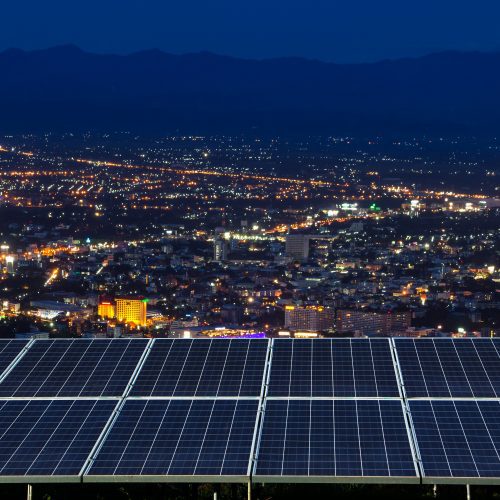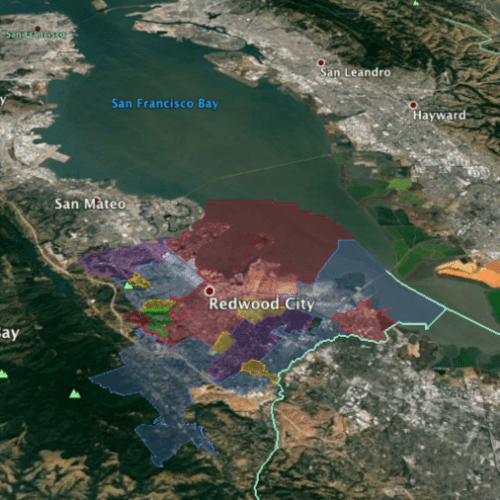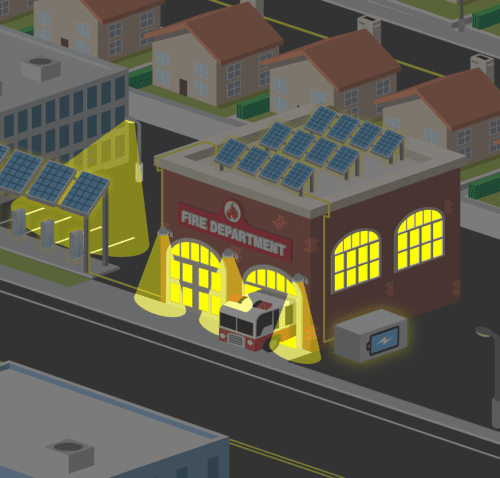The Best Ideas from COP30, the UN Climate Summit in Brazil – 18 December 2025
The Clean Coalition was a partner organization for this webinar, which took place on 18 December 2025 at 10am.
Read More
Designs that work
Our solar+storage and Community Microgrid projects can be cost-effectively replicated around the U.S., paving the way for the proliferation of distributed energy resources.

The Clean Coalition works with electric utilities to design and implement Community Microgrids. A Community Microgrid is a coordinated local grid area served by one or more distribution substations and supported by high penetrations of local renewables and other distributed energy resources (DER) such as energy storage and demand response
Community Microgrids prove that local renewables provide a reliable and cost-effective foundation for a modern grid — and they deliver an unparalleled trifecta of economic, environmental, and resilience benefits to communities.

The Clean Coalition helps design Advanced Energy Communities (AECs), which strive to meet zero net energy standards for the built environment and maximize local renewables, demand response, Community Microgrids, and electric vehicle charging infrastructure (EVCI).
As part of the Peninsula Advanced Energy Community (PAEC) Initiative, we developed a Master Community Design for an AEC in a disadvantaged community in San Mateo County, California. The design included DER, Community Microgrids, and EVCI, with enough details for a shovel-ready pilot project. Lessons learned from this project will inform and streamline future deployments, allowing for large-scale DER and Community Microgrid proliferation.

Solar Emergency Microgrids are designed to provide indefinite renewables-driven backup power for critical loads, such as police and fire stations, emergency operations centers, emergency shelters, and other facilities prioritized by the jurisdiction — providing environmental, economic, and resilience benefits to an entire community.
The PAEC Initiative included a design and deployment plan for a Solar Emergency Microgrid in a disadvantaged community.

Looking to deploy a solar+storage or Community Microgrid project? Contact us to get started.
The latest in clean local energy
Learn about our innovative projects and initiatives on our blog, and see what others are reporting about our important work.
The Clean Coalition was a partner organization for this webinar, which took place on 18 December 2025 at 10am.
Read MoreThis podcast episode of Energy Central's "Power Perspectives" welcomes Craig Lewis, Founder and Executive Director of the Clean Coalition, to explore how local solar and storage can flatten the duck curve, cut costs, and build a more resilient grid.
Read MoreThe Clean Coalition presented during this in-person gathering, held on Friday, 5 December 2025 from 3:30–5:00 pm PST at CEC’s Environmental Hub, 1219 State St Suite A, Santa Barbara, CA 93101.
Read More